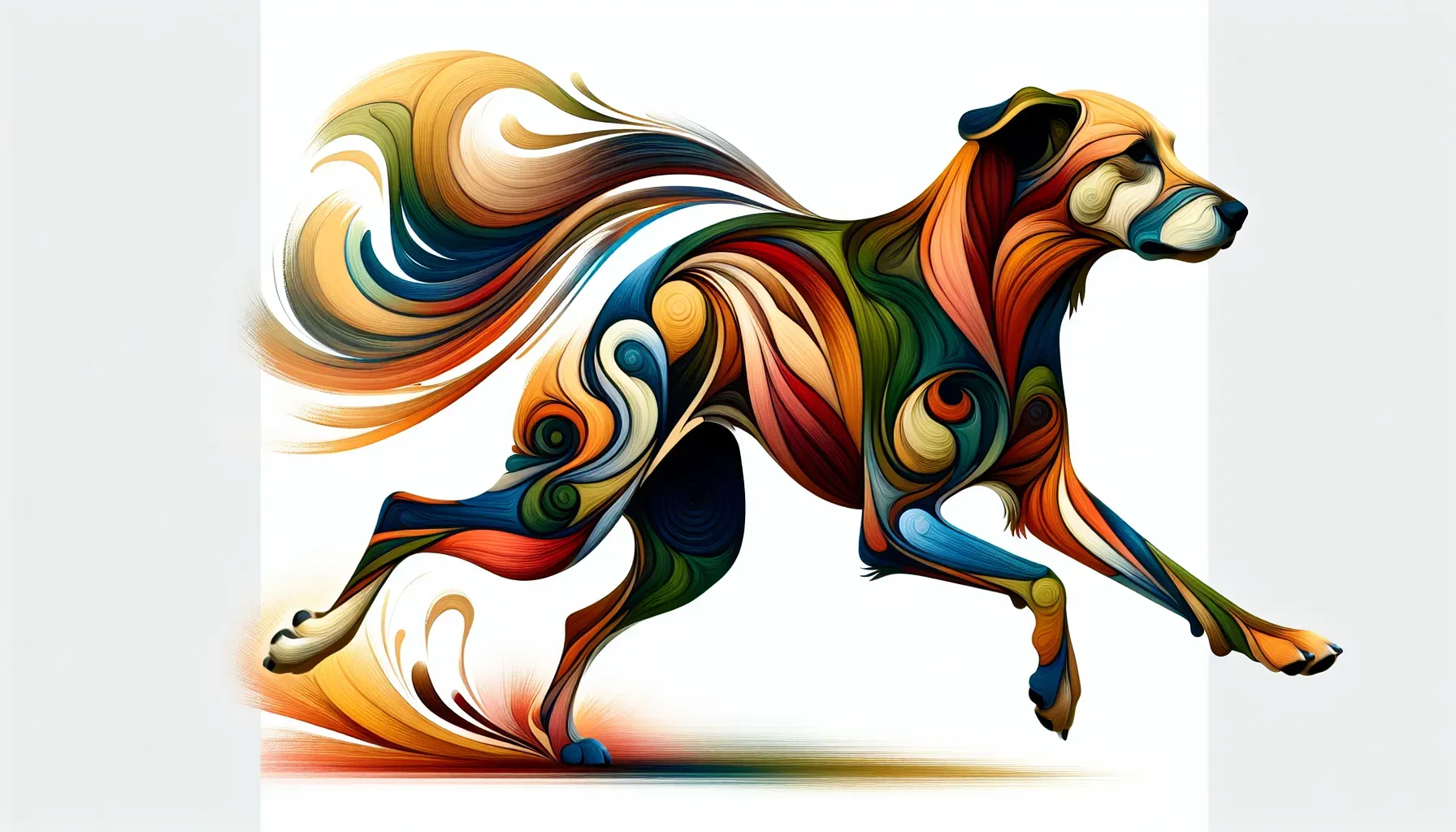Dance and Agility: The Fusion of Performance Arts and Canine Exercise

Dance and agility have long been revered as parallel disciplines that celebrate movement, grace, and coordinated skillsets. When applied to the realm of pet care, these art forms offer an innovative approach to canine exercise, promoting fitness, coordination, and overall well-being. Let's delve into the fusion of performance arts and canine exercise and explore how it can elevate the physical and mental health of our furry companions.
Canine Choreography: Dance Techniques for Fitness
Canine choreography encompasses the integration of dance techniques into dog exercise routines, emphasizing the synchronization of movements between pet and owner. By incorporating choreographed sequences, owners can engage their pets in structured physical activities that stimulate muscles, enhance mobility, and foster a deeper bond between them.
To effectively implement canine choreography, pet owners can employ basic dance moves such as side steps, spins, and mini jumps to create a harmonious flow of movement. These routines not only serve as enjoyable workouts but also contribute to refining the canine's agility and coordination.
Drawing inspiration from the graceful art of ballet, agility training for dogs can benefit from the integration of artistic movement principles. Ballet emphasizes poise, balance, and precise footwork – attributes that directly translate into enhanced agility for canines.
Ballet and Balance: Enhancing Agility Training
By introducing elements of ballet into agility training sessions, such as pivots, intricate foot placements, and fluid transitions between obstacles, pet owners can elevate their dog's physical dexterity while instilling a sense of gracefulness in their movements.
Dance dynamics play a crucial role in fortifying canine mobility by emphasizing rhythmic movements that challenge muscular coordination and balance. By incorporating rhythmic exercises inspired by various dance styles, such as salsa or tango, pet owners can promote resilience and stability in their dog's movements.
Rhythmic Resilience: Dance Dynamics for Mobility
These exercises not only provide physical benefits but also serve as mental stimulation for pets, encouraging them to adapt to varying rhythms and patterns while enhancing their overall agility.
Infusing musical elements into dog exercise routines can significantly elevate their impact on a pet's physical health. By synchronizing movements with upbeat tunes or incorporating rhythm-based cues, owners can create an engaging workout environment that motivates their pets to participate actively in the exercise regimen.
The incorporation of musical motion integration not only makes exercise sessions enjoyable but also fosters an appreciation for rhythmic patterns within canine behavior, thereby strengthening their overall coordination and responsiveness.
Performing Paws: Musical Motion in Dog Exercise
The fusion of choreography with canine training presents an innovative approach to achieving superior conditioning for dogs. By integrating structured choreographed sequences with fundamental training exercises such as sit-stands or recall maneuvers, pet owners can cultivate a holistic approach to their pet's physical development.
This combination not only enhances a dog's overall fitness but also nurtures discipline, focus, and responsiveness through the seamless integration of movement patterns with obedience training.
Moving in Harmonious Rhythm: Choreography and Training
The amalgamation of dance and agility into canine exercise routines presents a transformative approach to promoting holistic well-being among pets. By infusing performance arts principles into pet care practices, owners can not only elevate the physical fitness and coordination of their dogs but also nurture a deeper connection through shared rhythmic experiences.
Frequently Asked Questions
Canine choreography involves integrating dance techniques into dog exercise routines, promoting fitness and coordination. By synchronizing movements between pet and owner, these choreographed sequences stimulate muscles, enhance mobility, and strengthen the bond between them. This innovative approach not only makes exercise enjoyable but also refines a dog's agility and overall well-being.
Ballet principles can significantly enhance a dog's agility training by emphasizing poise, balance, and precise footwork. Incorporating ballet elements like pivots and fluid transitions into training sessions helps improve a dog's physical dexterity. This artistic approach not only boosts agility but also instills gracefulness in their movements, benefiting their overall performance.
Musical motion integration is crucial in dog exercise routines as it elevates the workout experience. By synchronizing movements with music or rhythm-based cues, owners create an engaging environment that motivates pets to participate actively. This approach enhances coordination and responsiveness while making exercise sessions enjoyable for both the pet and owner.






